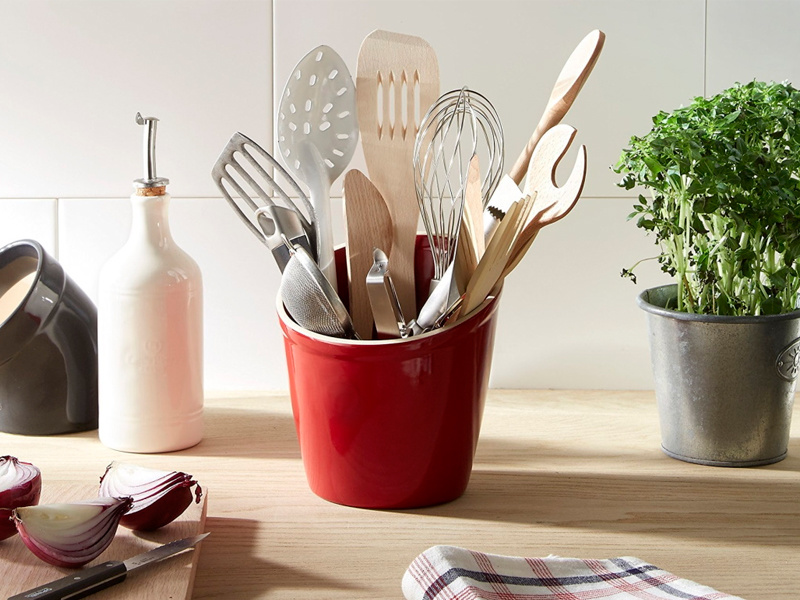The Best Practices for Using and Maintaining Your Cake Molds
Cake molds are essential for any baker, whether you're making a birthday cake, a holiday treat, or simply experimenting in the kitchen. However, using and maintaining cake molds properly can ensure that your cakes bake evenly and come out of the mold without sticking. Here's a look at the best practices for using and caring for your cake molds.
2019/06/19

Cake molds are essential for any baker, whether you're making a birthday cake, a holiday treat, or simply experimenting in the kitchen. However, using and maintaining cake molds properly can ensure that your cakes bake evenly and come out of the mold without sticking. Here's a look at the best practices for using and caring for your cake molds.
First, always prepare your cake mold before pouring in your batter. For metal molds, it’s important to grease the sides and bottom with butter or oil and lightly flour them, or use parchment paper for easy removal. Silicone molds, on the other hand, are naturally non-stick but still benefit from a light coating of oil or butter for extra assurance.
Once your cake is baked, allow it to cool for a few minutes before attempting to remove it from the mold. For non-silicone molds, gently run a knife around the edges to loosen the cake. Avoid using sharp objects that can damage the mold’s surface.
When it comes to cleaning, avoid using abrasive materials that can scratch or damage your cake mold. Metal molds can be cleaned with warm, soapy water, while silicone molds require a gentler approach. Simply wash them with mild soap and water, and for stubborn stains, a mixture of baking soda and water can be used. Always let the molds dry completely before storing them to prevent rust or mildew from developing.
By following these simple tips, you can ensure your cake molds stay in excellent condition for many years and continue to produce perfect cakes.
Key words:
Previous:
The next one:





